LandNav 101: Compass Selection and Recommendations
LandNav 101: Compass Selection and Recommendations
Today we are going to continue from our last article on Reading and Associating Terrain and discuss compass selection for use in land navigation.
Compass selection is often driven by personal preference, much like some prefer one vehicle make and model to another.
Our goal with this article is not to suggest which compass to buy before you know how to use it, but rather to show you the different options out there. We feel it’s important and necessary to have a compass at your disposal during this series.
Categories
Many manufacturers will often group their compasses into three categories: professional, sports, and recreational. In reality, there are effectively only two broad categories of compass types: clear base plate models used for orienteering and lensatic compass, effective for distance sighting with mirrors.
Virtually every book and instructor will go out of its way to point out that in experienced hands, either type of compass can be highly effective–a point worth emphasizing here. As this series is about getting back to basics, we aren’t going to cover the plethora of digital compass solutions that have shown up in the market over the last half-dozen years.
Why? Because batteries fail and you should always have a “manual” compass with you anytime you are relying on a digital one, including GPS!
Manufacturers and Features
Three of the dominant compass manufacturers include Suunto, Brunton and Silva. Between the three of them, there are about 40 different compass models to pick from, each with a different combination of features.
Let’s take a look at the features available on compasses and what you should look for in the compass you choose to purchase.
Base Plate
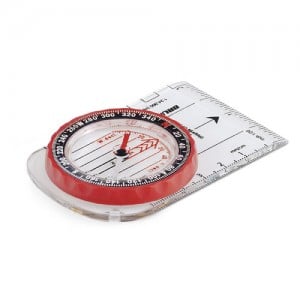 A no frills base plate compass, like the Brunton 7DNL ($15.00 list) or the Silva Starter 1-2-3 (list $9.99), are simple compasses that provide the navigator with the basic essentials and no more.
A no frills base plate compass, like the Brunton 7DNL ($15.00 list) or the Silva Starter 1-2-3 (list $9.99), are simple compasses that provide the navigator with the basic essentials and no more.
These essentials include an orienting arrow with orienting lines, a degree dial bezel at 2 ° graduations, and usually one or more scales or rulers along the edges of the compass.
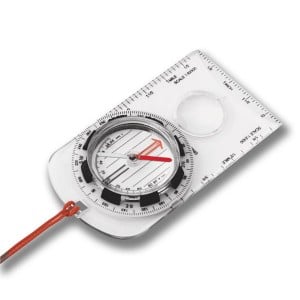 In contrast to these base plate models, middle-tier models like the Silva Explorer Pro (list $27.99) provide additional features that simplify land navigation tasks. For example, on long journeys at certain latitudes forgetting about magnetic variation (declination) can be very costly.
In contrast to these base plate models, middle-tier models like the Silva Explorer Pro (list $27.99) provide additional features that simplify land navigation tasks. For example, on long journeys at certain latitudes forgetting about magnetic variation (declination) can be very costly.
The basic models provide a declination scale, but lack the ability to physically adjust the compass so that it operates at a given declination. The Explorer Pro is a compass that provides a gear driven adjustment mechanism. If you’re going to purchase a new compass, this is a highly recommended feature.
Global
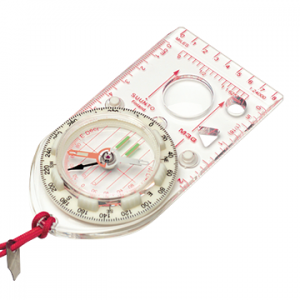 Further up the price tree are base plate models like the Suunto M-3 Global (retail $42 @ Amazon.com). This compass includes anti-slip rubber pads, a magnifying lens, and luminous markings for those occasions where you’re moving at night.
Further up the price tree are base plate models like the Suunto M-3 Global (retail $42 @ Amazon.com). This compass includes anti-slip rubber pads, a magnifying lens, and luminous markings for those occasions where you’re moving at night.
One unique marketing feature that Suunto promotes is that many of their compasses operate against two geographical balancing zones. These balancing zones are important because the vertical intensity and direction of the earth’s magnetic field fluctuates as you move around the globe.
Ensuring your compass is properly balanced for the part of the world you are going to use it in cannot be an afterthought. In Suunto’s case, they have balanced most of their product offerings for two zones, instead of the five zones that the globe is typically sliced into. If you don’t plan on heading over the equator, you’ll only need to purchase a compass balanced for the northern hemisphere.
Adventure Racing
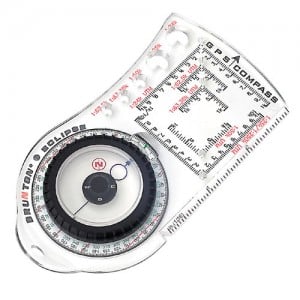 Brunton offers the 8096-AR, a compass marketed explicitly toward adventure racers. The base plate includes a latitude, longitude and UTM template for critical details, but it lacks in two areas. I speak from first-hand experience.
Brunton offers the 8096-AR, a compass marketed explicitly toward adventure racers. The base plate includes a latitude, longitude and UTM template for critical details, but it lacks in two areas. I speak from first-hand experience.
The 8096 compass was intentionally designed without orienting lines, and the circle-over-circle alignment system isn’t very user friendly. Judging if the circles are properly aligned can lead to a 2 ° to 4 ° degree variation. That makes a HUGE difference on long waypoint hikes.
The bottom line: unless you are using this compass to compliment a GPS, taking advantage of GPS features (like the five confidence circles along the edge) this compass is outright hard to use with a map. Keep this in mind if this compass makes your short list.
Lensatic
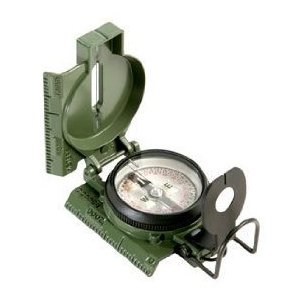 The lensatic compass differs from the base plate model in many ways. First, instead of a clear and rigid plastic base, the lensatic compass has articulating pieces, including a cover that protects the floating dial.
The lensatic compass differs from the base plate model in many ways. First, instead of a clear and rigid plastic base, the lensatic compass has articulating pieces, including a cover that protects the floating dial.
Second, the lensatic compass comes with a sighting mechanism for navigating across great distances by shooting headings at distant landmarks. Shooting headings is possible with a base plate, but the lensatic allows the user to line up very specific targets using its sighting lens.
Most base plate compasses provide 2 ° increments on their dial, while lensatic compasses contain 120 clicks when rotated fully; each click represents a 3 ° shift. Instead of looking down directly at the floating dial, the user relies on the lens to read the dial.
Recommendations
Admittedly, it has been years since I’ve worn a uniform and used a lensatic compass like I was trained on back in the day. My transition to civilian life included switching over to a base plate compass.
My personal preference in a compass is a simple base plate model, complimented with the MadAthelete.com UTM plotter, available at Amazon.com for the meager price of $7.50. This plotter is the size of a credit card and convenient to carry. If you’re still using MGRS as your primary navigation means, check out the MGRS/UTM Coordinate Grid Reader & Protractor instead for $6.95.
To reiterate an important point from the introduction, either compass in experienced hands will get results. The key to this sentence is experienced hands.
Notes
If you’re confused on some of the features we’ve described, we’ll be getting into how to properly use them in a future article in this series. Each of the articles in the LandNav101 series are building blocks and are to remind each of us that land navigation is a perishable skill. Learning to use a compass and then letting it collect dust for 5 years does not equate to experienced hands regardless of the compass category.
Next week we are going to formally introduce the UTM grid. We’ll be using our topo map for Sam Houston National Forest, a base plate compass with orienting lines, and the handy UTM plotter.
The LandNav 101 series is using the Sam Houston National Forest as the training grounds for most of its cartographic adventures. If you’d like to download a PDF of the referenced topo map, it is the Huntsville 7.5 x 7.5 1997 map. It has an alternate ID of TTX1823, ISBN 978-0-607-93473-1. A printed version can be purchased from the USGS Store for $8.






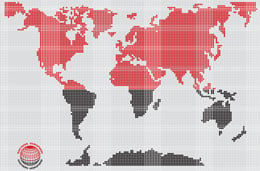
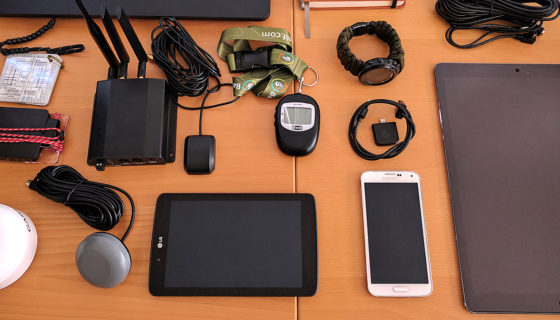
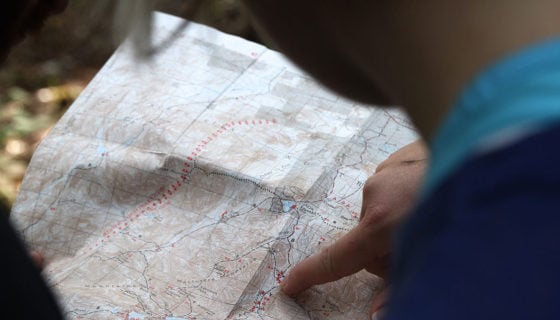
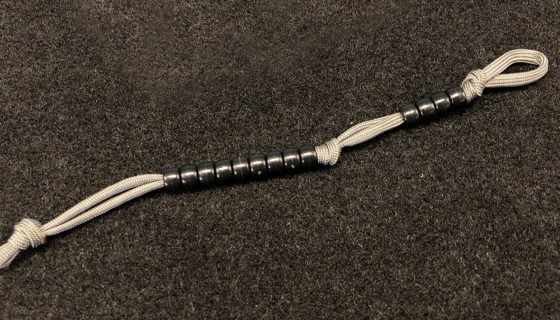
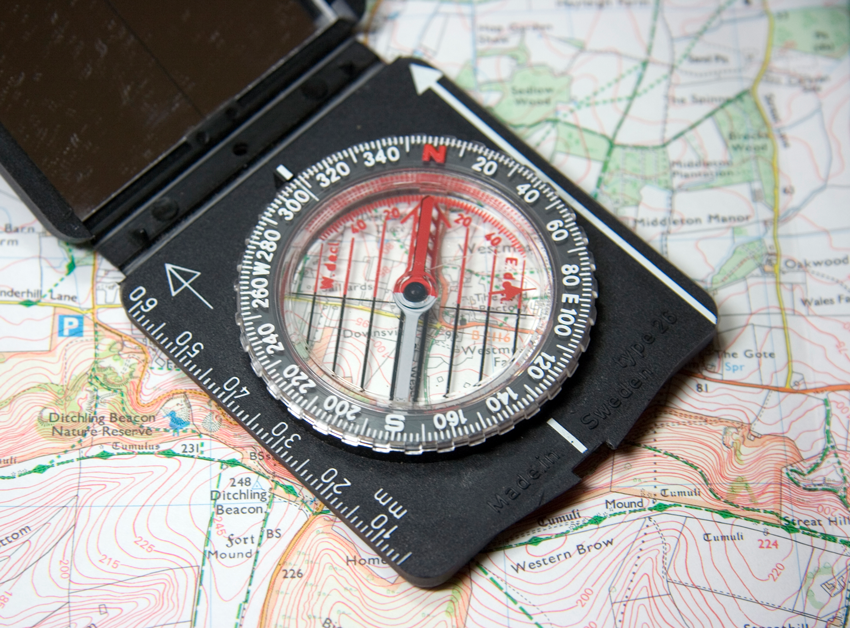

Discussion